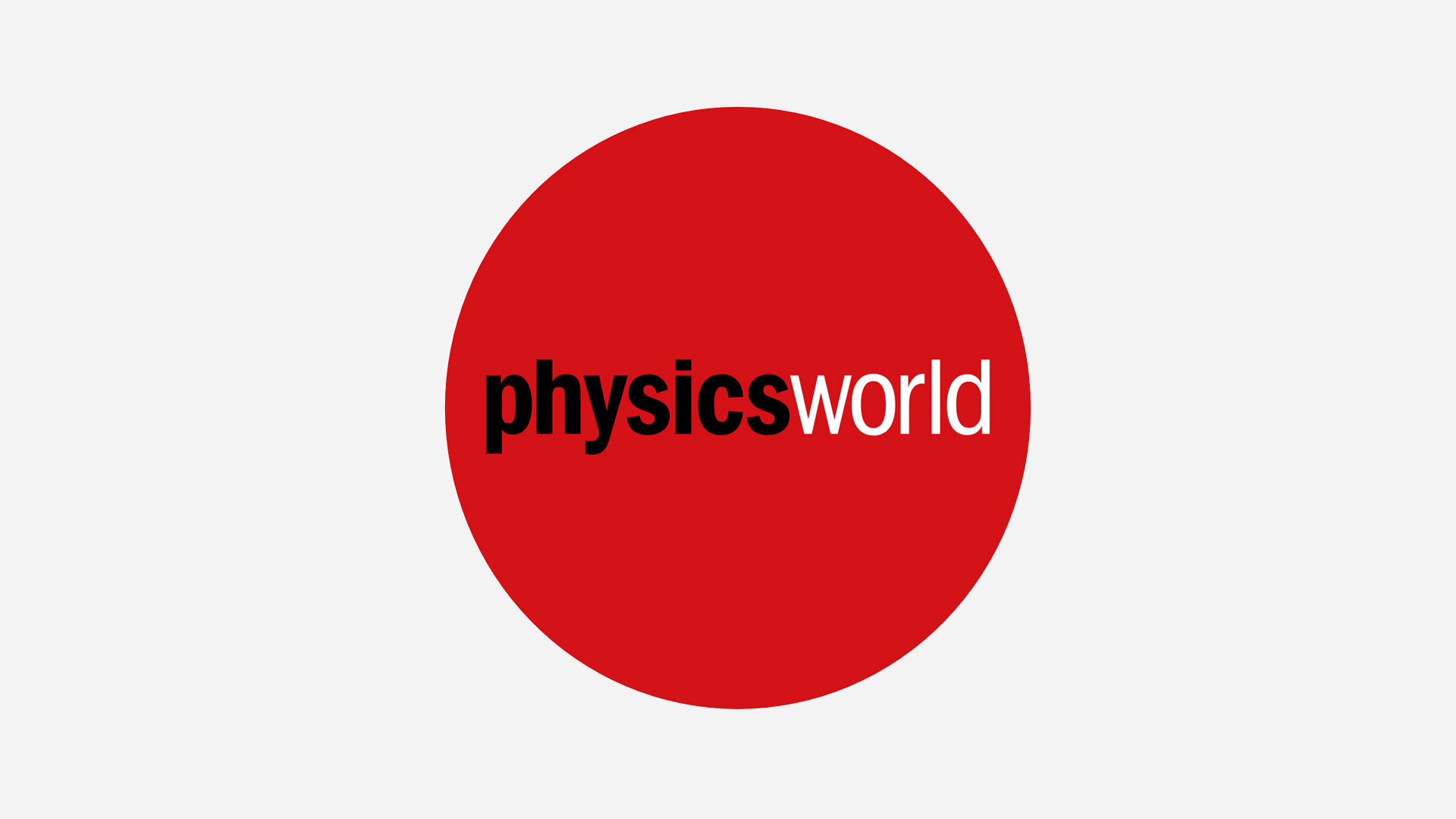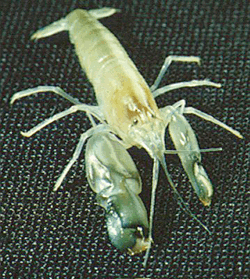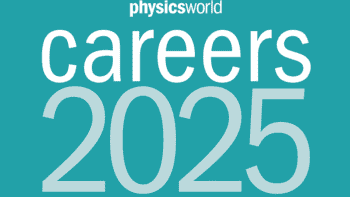 Read article: Superconductivity leaves the lab
Read article: Superconductivity leaves the lab
Superconductivity leaves the lab
Superconducting magnets are a common tool in many physics and chemistry laboratories, and are used in a host of research applications, including solid-state physics, nuclear-magnetic-resonance chemist...




